USAID launches an initiative to help local Sherpas adapt to climate change challenges in the mountainous Khumbu region on the Nepalese side of Mount Everest, the highest point on earth. Meanwhile, a team of scientists and engineers makes startling discoveries about the growing danger of Imja lake, which is swelling from glacier melt and threatening local communities and the Everest trekking route.
USAID: Climate Adaptation in Nepal's Himalayas
00:08:42
Video Transcript
NARRATOR>> The Himalayan mountains. At the top of the world rapidly melting glaciers are among the most dramatic indicators of climate change. Here in the Everest region, the Imja Lake is one of the largest and fastest-growing glacial lakes in Nepal and could pose a serious threat to local populations downstream if it were to burst its terminal moraine and flood the valley below. But in spite of 30 years of research, uncertainty surrounds our understanding of Imja Lake. Local people have largely been excluded from the growing international publicity and research focused on the lake and they’re uncertain about their future.
ANG CHHIRING SHERPA>> Before all the peoples came here, all the NGOs, and they come here, and they just research, they don’t bring us solutions.
ANG RITA SHERPA>> They are not sharing with the local people. They make a lot of promises, but they never deliver any of their promises.
CHEMBANG THUME SHERPA>> If Imja actually floods, it will result in a huge disaster and human loss for all of Nepal. All Tourism might vanish from our area.
SUNIL DAHAL>> People are scared. They are thinking that there are huge disasters, that disaster is going to happen in the future.
NARRATOR>> In response, The United States Agency for International Development, or USAID, through its Climate Change Resilient Development project, has initiated the High Mountain Glacial Watershed Program to assist communities in reducing the risk from glacial threats and develop skills to adapt to climate change.
The journey begins in the Solokhumbu region. The team will travel up the valley to visit key sherpa villages that are facing the risk of glacial lake outburst floods and other climate-related threats.
JONATHAN COOK>> Climate change is ultimately a challenge for people and so we have to start by talking to communities to understand these kinds of issues and their perspectives, first. We had a really participatory workshop for the last two days. I think one of the things that worked extremely well was a mix of explaining things to people, but also giving them the opportunity to work together in groups.
MEGHAN HARTMAN>> A lot of the communities were able to really relate to some of these—whether it was agriculture, whether it was flooding, heavy rains, or even livestock—that they can put climate adaptation within their own community context.
SPEAKER>> We cross the bridge and arrive at the road. Here, we are at risk of floods, which may occur due to heavy rainfall.
JONATHAN COOK>> This is one of the first that people have come and spoken to communities here, and so giving them an opportunity to understand a little bit better what climate change is, some of the risks that it may pose, and then to start thinking about the options for reducing those risks in the future, making sure that their voice gets heard, and some of the discussions about climate change adaptation that are going on, some of the projects that are being planned in this valley.
SPEAKER>> How dangerous is the lake and how does he think the water can be safely extracted?
PHULAM SHERPA>> We learned so many things from this workshop and we are very happy. We want this workshop to come again and we want to participate again. This will be good for our future.
NARRATOR>> Meanwhile, at Imja Lake, scientists and engineers are performing field measurements with the goal of better determining the amount of water currently in the lake, and the mass of the quickly melting glacier.
DAENE MCKINNEY>> So behind me you see the mountains with the Imja Glacier below them. The glacier is calving off into the lake, and as it does that it then the lake volume increases which puts additional pressure on the terminal moraine, which given the right trigger event, such as an earthquake, could cause a devastating flood downstream damaging communities and potential loss of life. So we are trying to map the bottom elevation of the lake. To do that we have a sonar system, and we mount the sonar system on a six-person boat that we have hauled all the way up here to 5100 meters above sea level. We’re now going to go out on the boat, measuring the depth of the water in the lake.
ALTON BYERS>> What we did basically was as series of transects across the lake. Then when we got to the glacial terminus, we found about 200 meters of the glacier, since last May, had collapsed, leaving in its place hundreds of icebergs.
It’s just remarkable. I’ve never seen so much ice just lost in just three short months. So climate change is definitely happening.
DAENE MCKINNEY>> Previous estimates of the volume of Imja Lake have been 33 to 35 million cubic meters. What we found was that the lake’s volume was double what was previously known, in excess of 60 million cubic meters.
One of the other things that we did was to conduct a ground-penetrating radar survey, GPR survey. It’s the first time that this transect of the Imja Glacier has been done. Inside the terminal moraine there is quite a lot of ice. We have been using our ground-penetrating radar system to map out the location of this ice core so that we can direct any excavation which might go on to drain water out of the lake.
ALTON BYERS>> Let’s go down and then up that ridge.
DAENE MCKINNEY>> We found very remarkable information which is that the depth of the ice at the end of the lake is approximately 250 meters deep, which is about 150 meters below the bottom of the lake. There’s plenty of room there for the lake to expand and grow and become much larger than it is today. The data we have been collecting is very important for forming the management decisions that are being made regarding how to protect downstream communities from a GLOF from Imja Lake.
ALTON BYERS>> To me, this has been one of the most remarkable field expeditions I’ve ever participated in. From beginning to end it just hummed and I think that the outputs, the products, that will come from this expedition will be really significant.
JONATHAN COOK>> We are really excited to be able to connect with the communities and give them an opportunity to learn a little bit more about what’s happening, and to also think about what matters to them and what sorts of things they may be able to do in the future to address these challenges.
ANG NIMA SHERPA>> We’ve been seeing research groups come here for the last 13–14 years and we never saw their results—but The Mountain Institute has already shown us results within such a short period of time.
LOBSANG SHERPA>> Imja has been research for a long time and now the only thing we the locals want is to move towards the solutions as soon as possible.
September 16, 2011







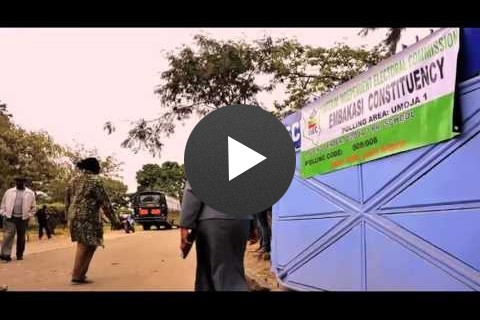


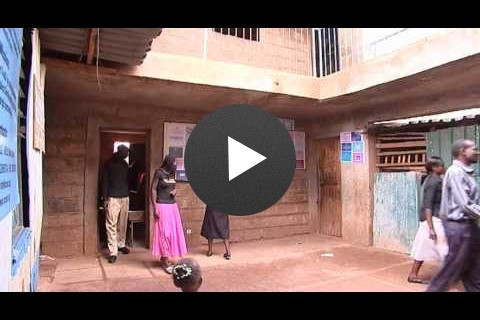
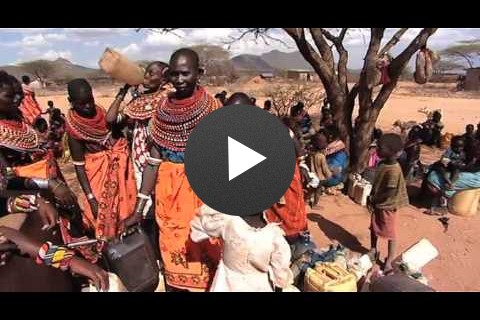
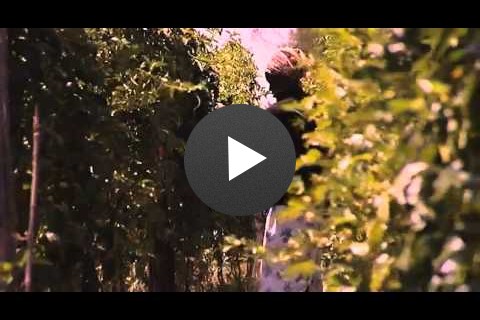
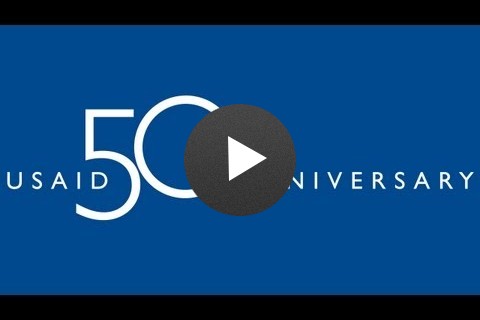

Comment
Make a general inquiry or suggest an improvement.